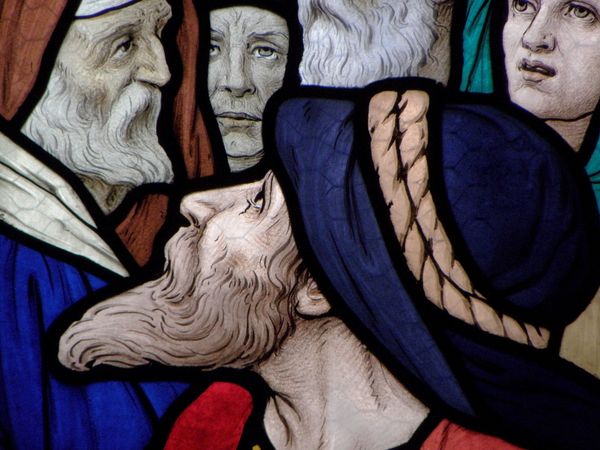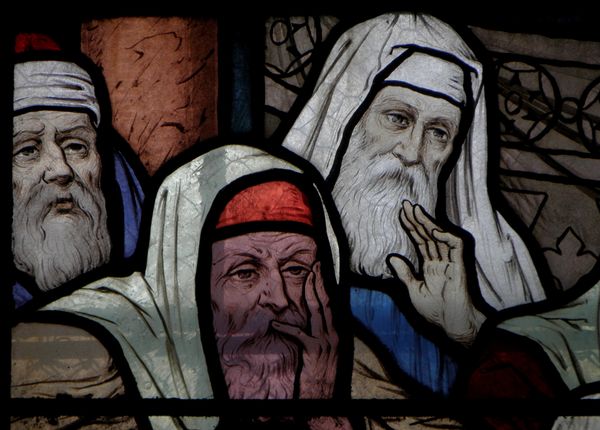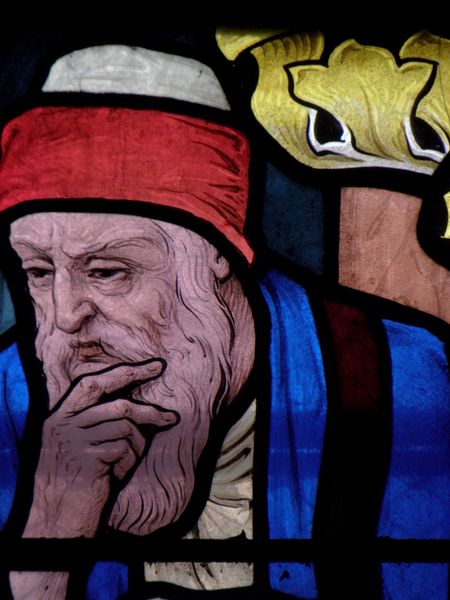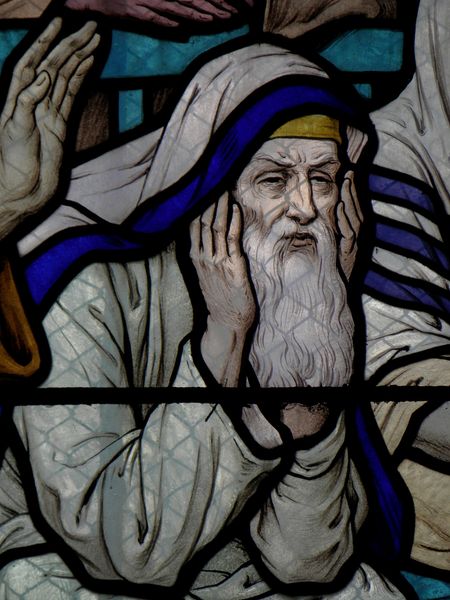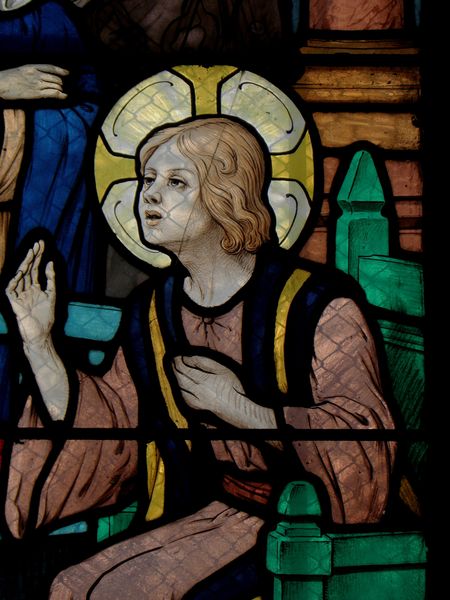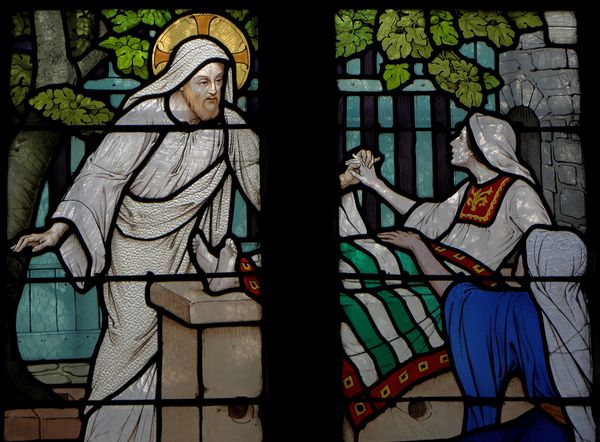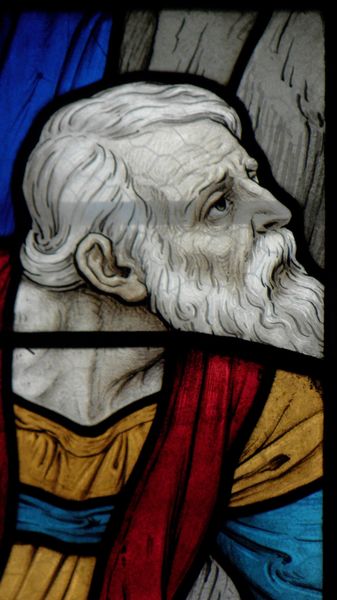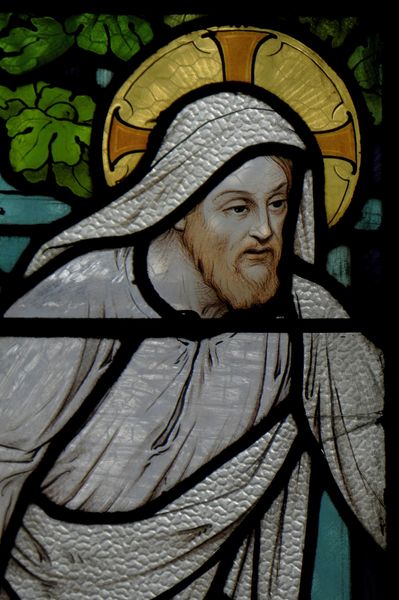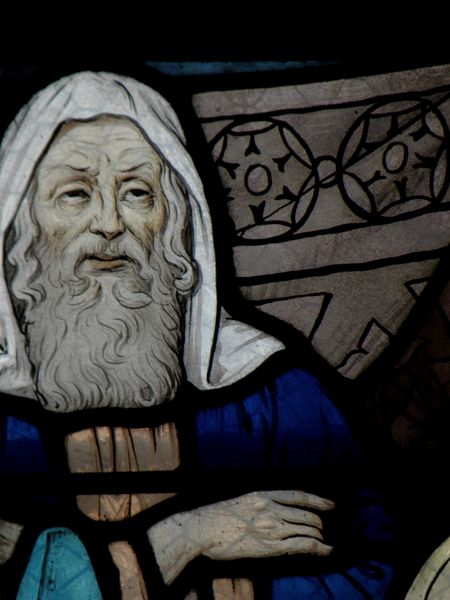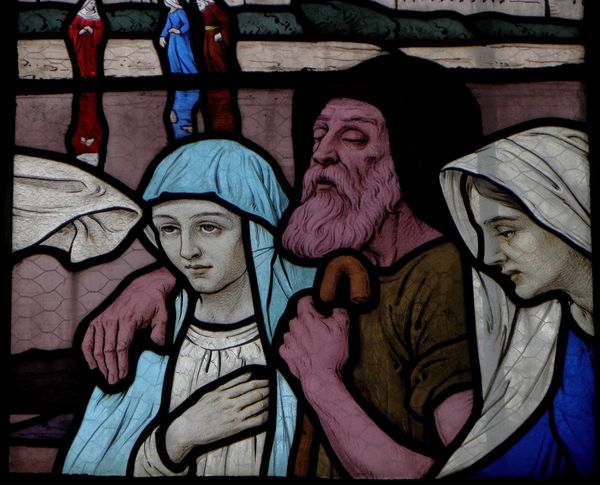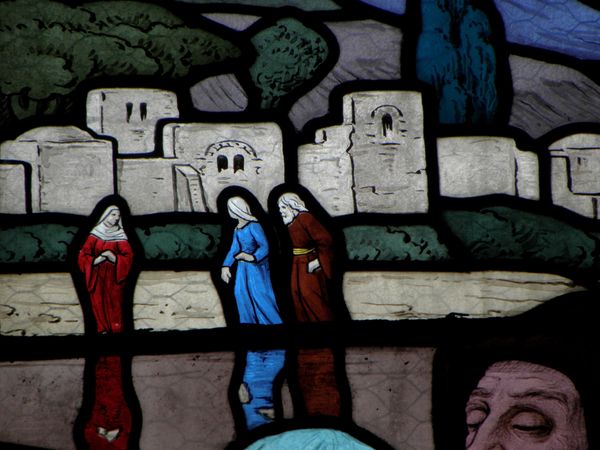
glass
#
portrait
#
medieval
#
figuration
#
glass
Copyright: Public domain
Editor: This detail is from a stained glass window created by Ludovic Alleaume in 1919, titled "Life of Christ. Eglise Saint-Sulpice de Fougères." It's striking how the face, etched into the glass, seems burdened with worry. What story do you think this window tells? Curator: That gravity is precisely where we must start. Consider the socio-political landscape of 1919. Europe was reeling from the aftermath of World War I. Alleaume, through the visual language of medieval art, presents us with a timeless narrative of suffering, but one acutely felt by his contemporaries. Do you notice the muted color palette? Editor: Yes, it's not the bright, celebratory stained glass I usually associate with churches. Curator: Exactly. The somber tones reflect a society grappling with immense loss and questioning faith. The 'Life of Christ' here is not triumphant, but empathetic. This resonates with feminist theology too; questioning patriarchal religious structures to focus on empathy and the personal, spiritual journey. How might this artistic choice challenge conventional depictions of religious figures? Editor: By presenting them as relatable and human, instead of distant and divine. The imperfections in the glass, and the deliberate choice of such a heavy, sorrowful subject, all humanize this religious story. Curator: Precisely. It's a powerful commentary, one that asks us to reflect on how we find meaning and resilience in the face of collective trauma. And beyond individual solace, what responsibility falls upon those institutions during the world's suffering? Editor: I never considered stained glass could be so… subversive. Curator: Art often challenges us to re-evaluate accepted narratives and confront uncomfortable truths. It’s through this dialogue that we find deeper meaning and relevance.
Comments
No comments
Be the first to comment and join the conversation on the ultimate creative platform.
